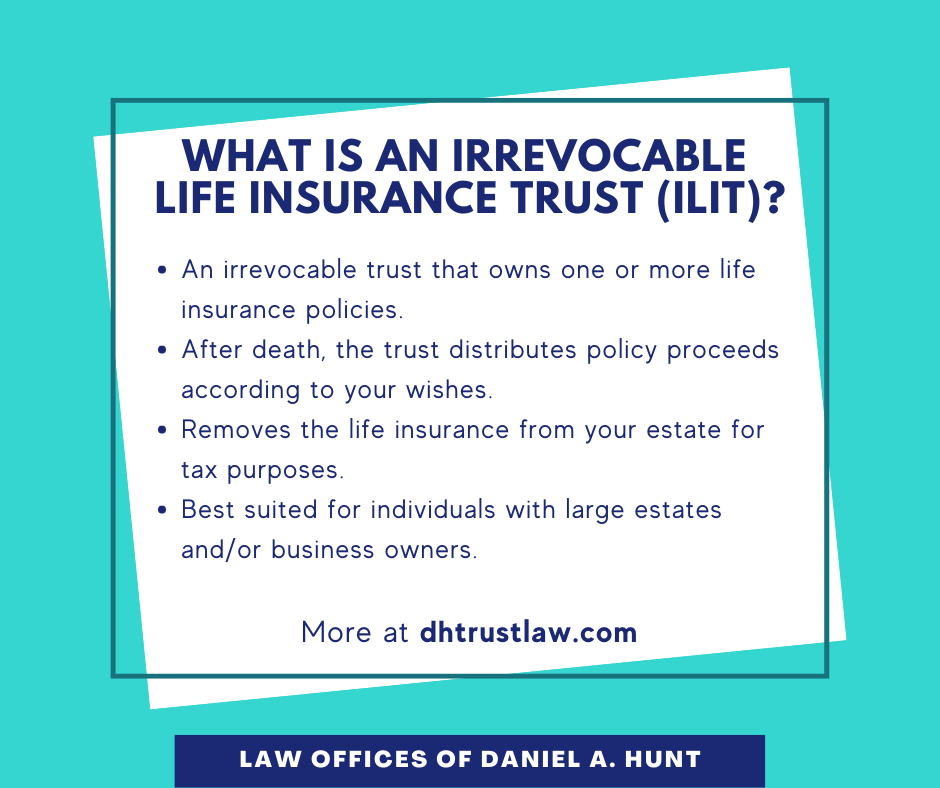A Biased View of Pacific Prime
A Biased View of Pacific Prime
Blog Article
Some Known Incorrect Statements About Pacific Prime
Table of ContentsAll About Pacific PrimeThe Ultimate Guide To Pacific PrimeHow Pacific Prime can Save You Time, Stress, and Money.How Pacific Prime can Save You Time, Stress, and Money.The Facts About Pacific Prime Uncovered

This is since the data were accumulated for a duration of strong financial efficiency. Of the estimated 42 million people who were without insurance, almost regarding 420,000 (concerning 1 percent) were under 65 years old, the age at which most Americans become eligible for Medicare; 32 million were grownups in between ages 18 and 65, around 19 percent of all grownups in this age; and 10 million were kids under 18 years old, concerning 13.9 percent of all children (Mills, 2000).
These estimates of the number of persons without insurance are generated from the annual March Supplement to the Present Populace Study (CPS), performed by the Demographics Bureau. Unless or else noted, national estimates of people without health and wellness insurance policy and percentages of the populace with various sort of coverage are based on the CPS, the most widely used source of estimates of insurance coverage and uninsurance rates.
About Pacific Prime

Still, the CPS is specifically beneficial since it produces yearly quotes fairly quickly, reporting the previous year's insurance policy protection estimates each September, and due to the fact that it is the basis for a regular collection of quotes for more than two decades, permitting analysis of fads in protection over time. For these reasons, along with the substantial use the CPS in various other research studies of insurance protection that are presented in this record, we depend on CPS estimates, with limitations kept in mind.

The estimate of the variety of without insurance individuals broadens when a population's insurance standing is tracked for several years. Over a three-year duration beginning early in 1993, 72 million people, 29 percent of the united state populace, were without insurance coverage for a minimum of one month. Within a solitary year (1994 ), 53 million people experienced a minimum of a month without protection (Bennefield, 1998a)
Six out of every 10 uninsured grownups are themselves employed. Functioning does improve the chance that one and one's family participants will have insurance policy, it is not an assurance. Also members of family members with two permanent breadwinner have nearly a one-in-ten chance of being without insurance (9.1 percent uninsured rate) (Hoffman and Pohl, 2000).
The Ultimate Guide To Pacific Prime
New immigrants represent a significant proportion of people without medical insurance. One analysis has connected a substantial portion of the recent growth in the dimension of the united state uninsured populace to immigrants that got here in the country between 1994 and 1998 (Camarota and Edwards, 2000). Recent immigrants (those that came to the United States within the previous 4 years) do have a high rate of being uninsured (46 percent), but they and their youngsters account for simply 6 percent of those without insurance policy nationally (Holahan et al., 2001).
The connection between medical insurance and accessibility to care is well established, as documented later in this chapter. The connection in between health and wellness insurance coverage and wellness end results is neither direct neither simple, an extensive scientific and wellness solutions research study literary works links health and wellness insurance coverage to better access to care, better high quality, and enhanced individual and population health status.
Levels of analysis for examining the effects of uninsurance. It focuses specifically on those without any kind of health and wellness insurance coverage for any type of size of time.
Some Known Factual Statements About Pacific Prime
The problems dealt with by the underinsured are in some respects similar to those faced by the without insurance, although they are usually much less extreme. group insurance plans. Uninsurance and underinsurance, nonetheless, involve distinctly different policy problems, and the strategies for addressing them might differ. Throughout this research and the five reports to adhere to, the major focus is on individuals without any health and wellness insurance coverage and thus no aid in spending for healthcare past what is offered through charity and safeguard establishments
Medical insurance is a powerful variable impacting receipt of treatment because both clients and doctors react to the out-of-pocket cost of solutions - https://filesharingtalk.com/members/594499-pacificpr1me. Health and wellness insurance policy, nonetheless, is neither needed nor sufficient to get to clinical services. The independent and straight impact of health insurance policy protection on access to wellness services is well developed.
Others will certainly obtain the wellness care they require also without health and wellness insurance policy, by paying for it expense or seeking it from companies that provide treatment totally free or at very subsidized rates. For still others, health and wellness insurance policy alone does not ensure invoice of care as a result of other nonfinancial barriers, such as an absence of healthcare carriers in their community, restricted accessibility to read this article transportation, illiteracy, or etymological and social differences.
The smart Trick of Pacific Prime That Nobody is Talking About
Official study about uninsured populations in the United States dates to the late 1920s and early 1930s when the Committee on the Expense of Medical Care created a collection of records concerning funding physician office sees and hospitalizations. This problem ended up being prominent as the varieties of clinically indigent climbed up throughout the Great Clinical depression.
Report this page